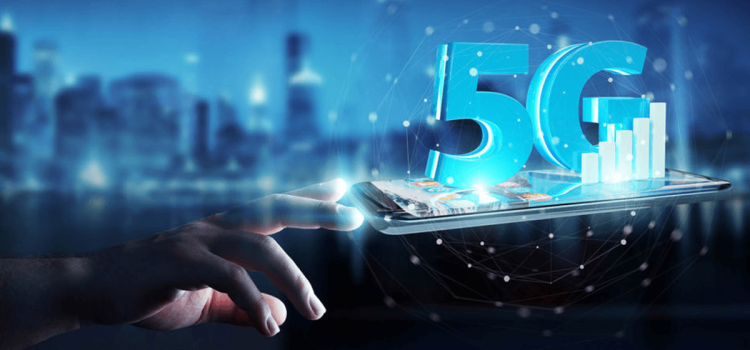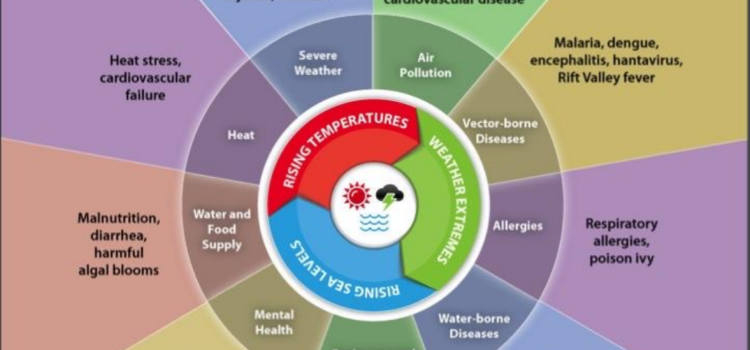
Telehealth usage skyrocketed due to the pandemic’s impact on healthcare access. The COVID-19 pandemic fundamentally altered how healthcare is delivered, forcing both providers and patients to rapidly adapt to new modalities. Telehealth emerged as a critical solution, enabling continuity of care while minimizing the risk of virus transmission. This sudden shift saw unprecedented levels of telehealth adoption, with virtual consultations becoming the norm rather than the exception. Patients who previously might have been hesitant to use telehealth were compelled to try it, often finding it a convenient and effective alternative to in-person visits. The surge in telehealth usage was not merely a temporary fix but a significant transformation in healthcare delivery.
Post-pandemic, telehealth remains essential for ongoing patient care. As we move beyond the immediate crisis of the pandemic, telehealth continues to play a vital role in the healthcare ecosystem. The convenience and accessibility it offers are unparalleled, especially for patients in remote or underserved areas. Telehealth has proven to be particularly beneficial for managing chronic conditions, mental health services, and follow-up appointments, where physical presence is not always necessary. The pandemic has effectively normalized telehealth, making it a permanent fixture in modern healthcare. Its continued use is essential for maintaining patient care standards and ensuring that healthcare services are accessible to all, regardless of geographical limitations.
Technological Advancements in Telemedicine
Telehealth’s rapid adoption is due to technological advancements. The swift uptake of telehealth services can be largely attributed to significant technological innovations. High-speed internet, advanced video conferencing tools, and secure digital platforms have made telehealth not only feasible but also highly effective. These technologies have enabled real-time, interactive consultations that closely mimic in-person visits. Additionally, the integration of electronic health records (EHR) with telehealth platforms has streamlined the process, allowing providers to access patient information seamlessly during virtual consultations. The role of technology in facilitating the widespread adoption of telehealth cannot be overstated; it has transformed what was once a niche service into a mainstream healthcare solution.
The post-pandemic telehealth surge is driven by innovative tech solutions. Beyond the initial technological advancements, ongoing innovations continue to propel the growth of telehealth. Artificial intelligence (AI) and machine learning algorithms are being integrated into telehealth platforms to provide predictive analytics and personalized care recommendations. Wearable devices and remote monitoring tools enable continuous patient monitoring, providing valuable data that can be used for timely interventions. These technological solutions not only enhance the quality of care but also expand the scope of telehealth services. As technology continues to evolve, the capabilities and applications of telehealth are expected to grow exponentially, further solidifying its place in the healthcare landscape.
Regulatory Changes and Their Impact
Regulatory changes boosted telehealth adoption post-pandemic. One of the key factors contributing to the sustained growth of telehealth post-pandemic has been the regulatory changes implemented during the crisis. Governments and healthcare authorities worldwide recognized the necessity of telehealth and swiftly enacted measures to facilitate its use. These changes included temporary waivers on restrictions, expanded reimbursement policies, and the relaxation of licensing requirements for healthcare providers. These regulatory adjustments played a crucial role in removing barriers and enabling widespread telehealth adoption during a time of urgent need.
Relaxed regulations increased telehealth accessibility and usage. The relaxation of regulations has had a profound impact on telehealth accessibility and usage. By allowing healthcare providers to offer telehealth services across state lines and ensuring that telehealth consultations are reimbursed at parity with in-person visits, these regulatory changes have made telehealth a more viable option for both providers and patients. The increased flexibility has led to higher utilization rates and has encouraged healthcare systems to invest more in telehealth infrastructure. While some of these regulatory changes were initially temporary, there is a growing consensus on the need to make them permanent to sustain the benefits of telehealth in the long term.
Patient and Provider Satisfaction Levels
Telehealth enhances patient satisfaction with convenient access. One of the most significant advantages of telehealth is the convenience it offers to patients. The ability to consult with healthcare providers from the comfort of their homes eliminates the need for travel, reduces waiting times, and allows for more flexible scheduling. This convenience has led to high levels of patient satisfaction, with many patients expressing a preference for telehealth over traditional in-person visits. Telehealth has also made healthcare more accessible to individuals with mobility issues, those living in remote areas, and those with tight schedules, thereby enhancing overall patient satisfaction and engagement.
Providers report increased efficiency using telehealth platforms. From the perspective of healthcare providers, telehealth has introduced new efficiencies into clinical practice. Virtual consultations often require less time than in-person visits, allowing providers to see more patients within the same timeframe. The integration of telehealth platforms with EHR systems has streamlined administrative processes, reducing the burden of paperwork and improving the accuracy of patient records. Providers have also reported that telehealth facilitates better follow-up care and patient monitoring, leading to improved clinical outcomes. Overall, the efficiency gains associated with telehealth have contributed to higher levels of provider satisfaction and have encouraged the continued adoption of telehealth services.
Challenges in Telehealth Implementation
Telehealth requires robust digital infrastructure for effective implementation. Despite its many benefits, the implementation of telehealth is not without challenges. A robust digital infrastructure is essential to ensure the effectiveness and reliability of telehealth services. This includes high-speed internet connectivity, secure and user-friendly telehealth platforms, and the integration of these platforms with existing healthcare systems. In many regions, especially rural and underserved areas, the lack of adequate digital infrastructure poses a significant barrier to telehealth adoption. Addressing these infrastructure gaps is crucial to ensuring that telehealth services are accessible to all patients, regardless of their location.
Telehealth faces regulatory hurdles across different jurisdictions. Another significant challenge in telehealth implementation is navigating the complex regulatory landscape. Different jurisdictions have varying regulations concerning telehealth, including licensing requirements, reimbursement policies, and data privacy laws. These regulatory discrepancies can create barriers for healthcare providers seeking to offer telehealth services across state or national borders. Additionally, the temporary regulatory changes enacted during the pandemic may not be uniformly extended or made permanent, leading to uncertainty and potential disruptions in telehealth services. Overcoming these regulatory hurdles requires coordinated efforts from policymakers, healthcare providers, and industry stakeholders to create a more harmonized and supportive regulatory environment for telehealth.
Future Trends in Telehealth
Increased telehealth adoption due to post-pandemic healthcare needs. The future of telehealth looks promising, with continued growth driven by evolving healthcare needs in the post-pandemic world. The pandemic has underscored the importance of flexible and resilient healthcare systems, and telehealth is poised to play a central role in achieving this goal. The increased adoption of telehealth is expected to persist as healthcare providers and patients alike recognize its benefits. Telehealth is likely to become an integral part of routine healthcare delivery, complementing in-person visits and expanding access to care.
Enhanced telehealth technologies for remote patient monitoring and diagnostics. Future trends in telehealth will also be shaped by ongoing technological advancements. Enhanced telehealth technologies, such as advanced remote patient monitoring devices and sophisticated diagnostic tools, will enable more comprehensive and accurate virtual care. These technologies will allow for continuous monitoring of patients’ health conditions, early detection of potential issues, and timely interventions. The integration of AI and machine learning will further enhance the capabilities of telehealth platforms, providing personalized care recommendations and predictive analytics. As these technologies continue to evolve, telehealth will become an even more powerful tool for delivering high-quality, patient-centered care.
Economic Implications of Telehealth Surge
Telehealth reduces healthcare costs for patients and providers. The widespread adoption of telehealth has significant economic implications for both patients and providers. For patients, telehealth reduces the need for travel, minimizes time off work, and decreases out-of-pocket expenses associated with in-person visits. These cost savings make healthcare more affordable and accessible. For providers, telehealth can reduce overhead costs, such as the need for physical office space and administrative expenses. Additionally, the efficiency gains associated with telehealth can lead to increased patient throughput and revenue. Overall, telehealth has the potential to lower healthcare costs while maintaining or even improving the quality of care.
Telehealth creates new economic opportunities in the tech and healthcare sectors. The surge in telehealth has also created new economic opportunities in both the technology and healthcare sectors. The demand for telehealth platforms, software solutions, and digital health devices has spurred innovation and investment in the tech industry. Startups and established companies alike are developing new products and services to meet the growing needs of telehealth. In the healthcare sector, the expansion of telehealth services has led to the creation of new roles and job opportunities, such as telehealth coordinators, virtual care specialists, and remote monitoring professionals. These economic opportunities are driving growth and development in both industries, contributing to a more dynamic and interconnected healthcare ecosystem.


















